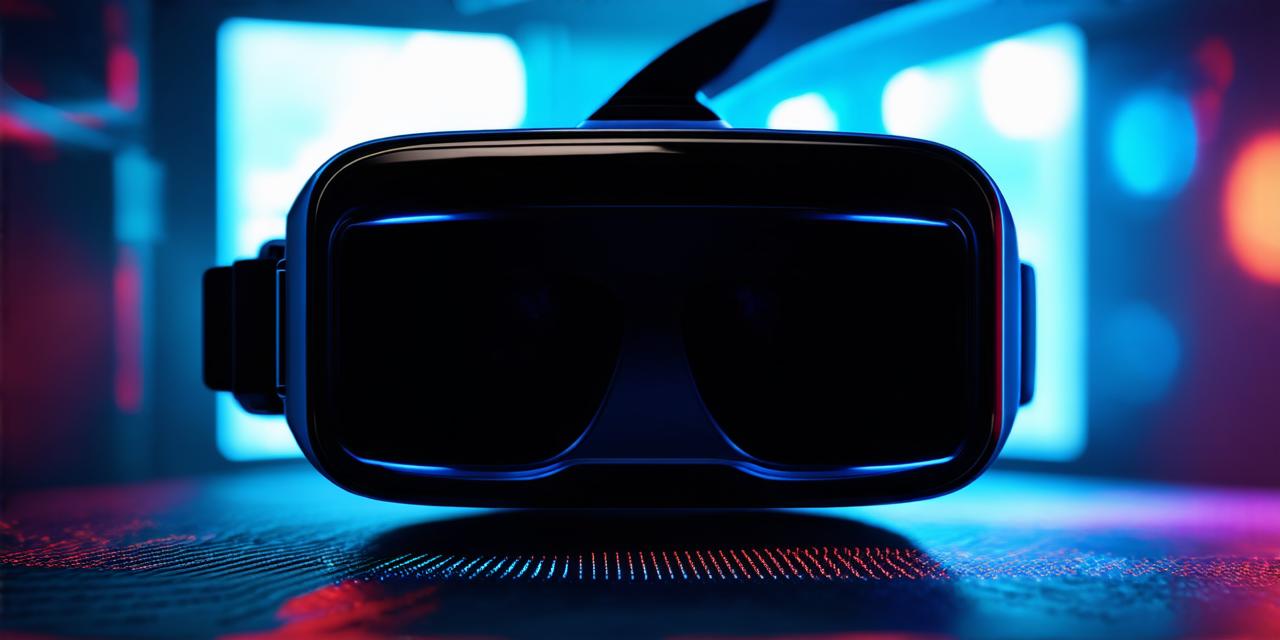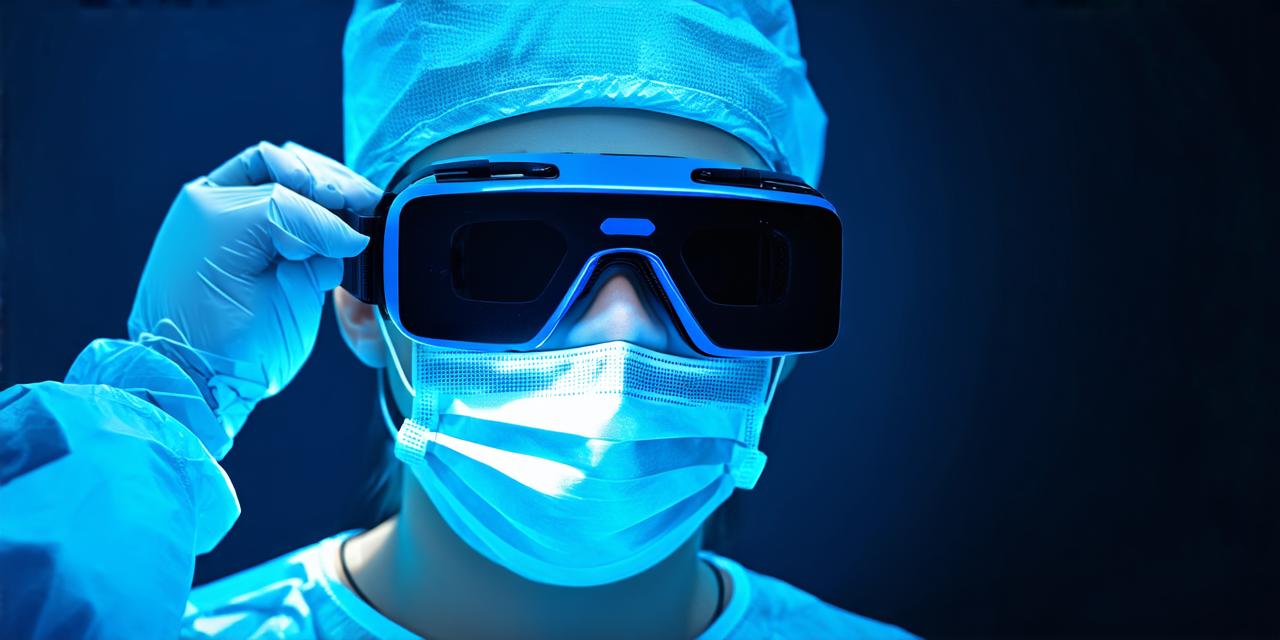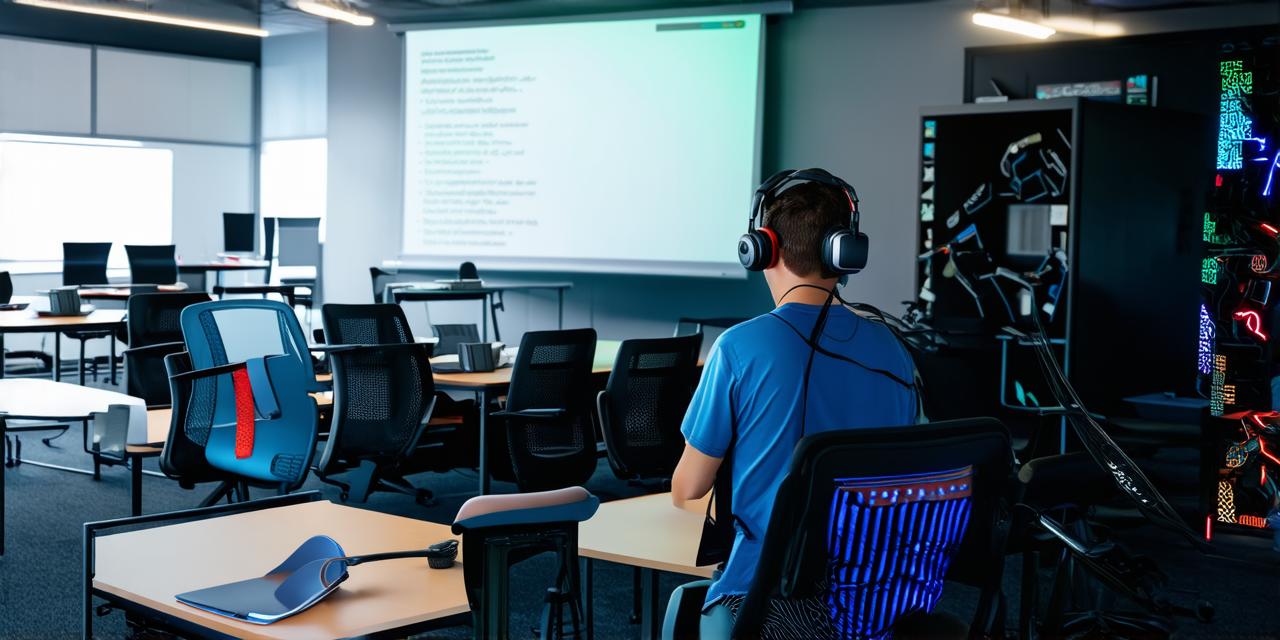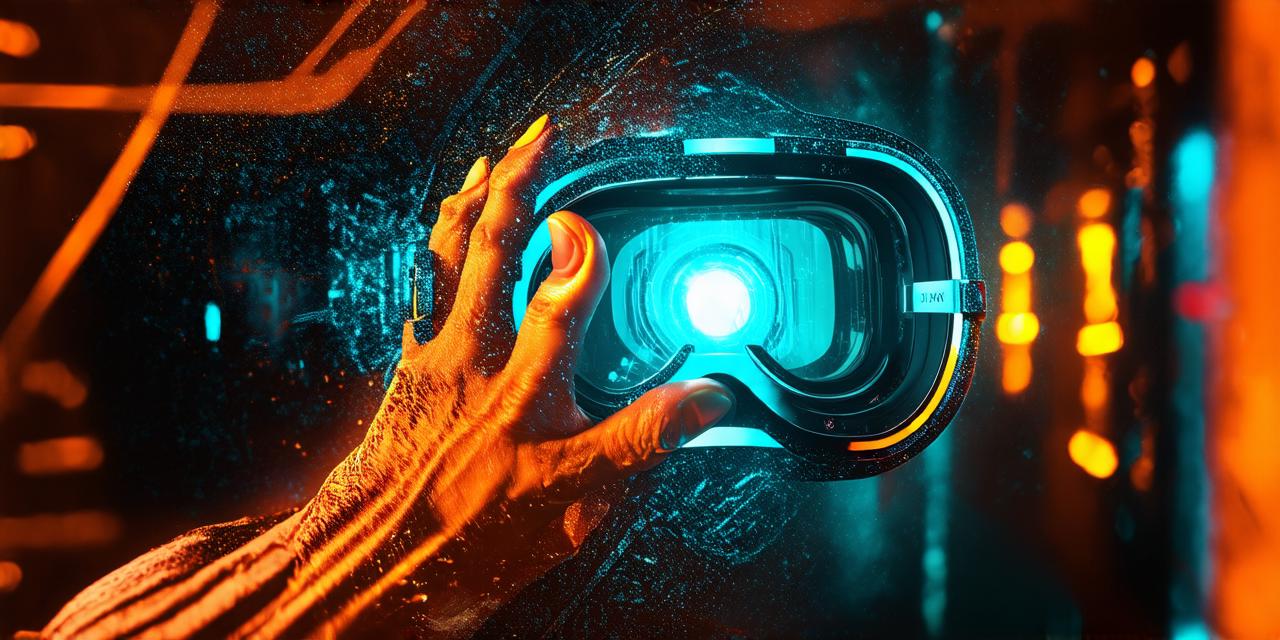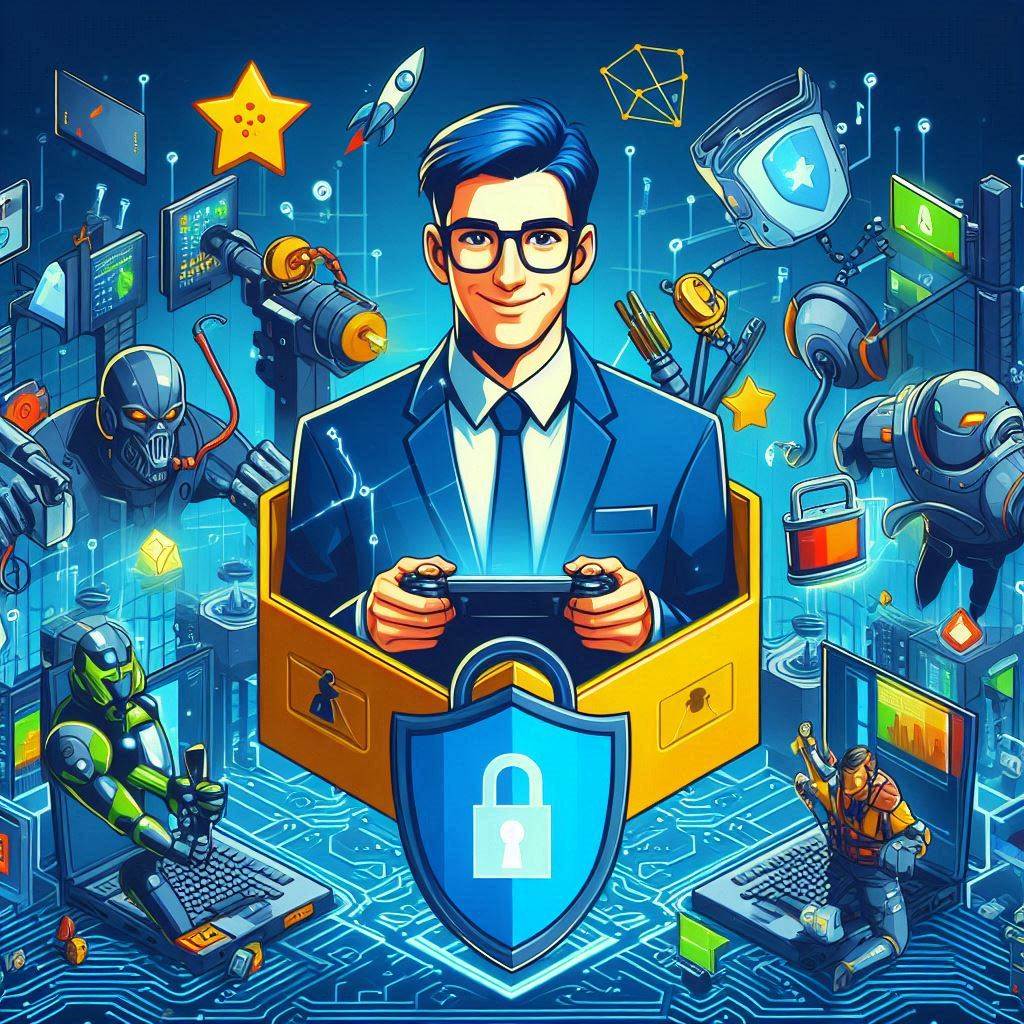Virtual reality (VR) is a rapidly growing technology that has been changing the way people experience and interact with digital content. The potential uses for VR are vast and varied, ranging from entertainment to education, healthcare to real estate, and beyond.
In this article, we will explore some of the most innovative and exciting applications of virtual reality, including case studies and personal experiences from AR developers.
One of the most well-known applications of VR is in gaming and entertainment. With VR headsets like Oculus Rift, HTC Vive, and Sony PlayStation VR, users can immerse themselves in highly realistic and interactive game environments, often with a sense of presence that is impossible to achieve with traditional 2D screens.
For example, the popular video game “Beat Saber” has been adapted for VR, allowing players to use virtual light sabers to slash through incoming blocks in a fast-paced rhythm game. Another popular VR game is “Job Simulator,” which simulates a variety of daily tasks like pouring coffee and assembling furniture, all in a highly realistic virtual environment.
In addition to gaming, VR is also being used for education and training purposes. For example, medical students can use VR simulations to practice surgeries and other medical procedures, while aviation pilots can use VR to simulate flight scenarios and improve their skills.
In the military, VR is being used for simulated battlefield training, allowing soldiers to practice their tactics and strategy in a safe and controlled environment.
Virtual reality is also being used in the real estate industry to give potential buyers and renters a more immersive experience when viewing properties. With 360-degree cameras and VR headsets, users can virtually walk through a property as if they were really there, allowing them to get a better sense of the layout and amenities.
This has been particularly useful during the COVID-19 pandemic, as many people are unable to physically visit properties in person.
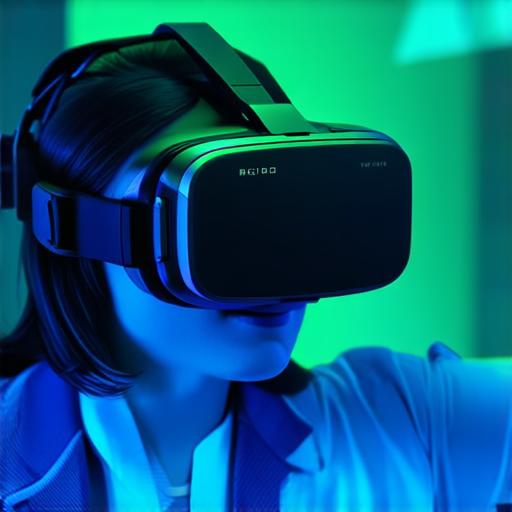
Another area where VR is gaining traction is in the field of healthcare. For example, VR therapy can be used to treat a variety of conditions, including anxiety and PTSD, by providing a controlled and safe environment for exposure therapy. In addition, VR can be used for rehabilitation purposes, such as helping patients with stroke or spinal cord injuries regain their mobility and independence.
Virtual reality is also being used in the field of architecture and design. Architects can use VR to create highly detailed and realistic 3D models of their buildings and structures, allowing clients to experience and interact with the designs in a way that is not possible with traditional 2D blueprints. This has led to more accurate and efficient communication between architects and clients, and has also opened up new possibilities for collaborative design.
In conclusion, virtual reality is a rapidly growing technology with a wide range of potential uses. From gaming and entertainment to education and training, real estate, healthcare, architecture and design, and beyond, VR is changing the way we experience and interact with digital content. As AR developers, it is important to stay up-to-date with the latest developments in this exciting field and consider how virtual reality can be used to enhance your own projects and applications.
